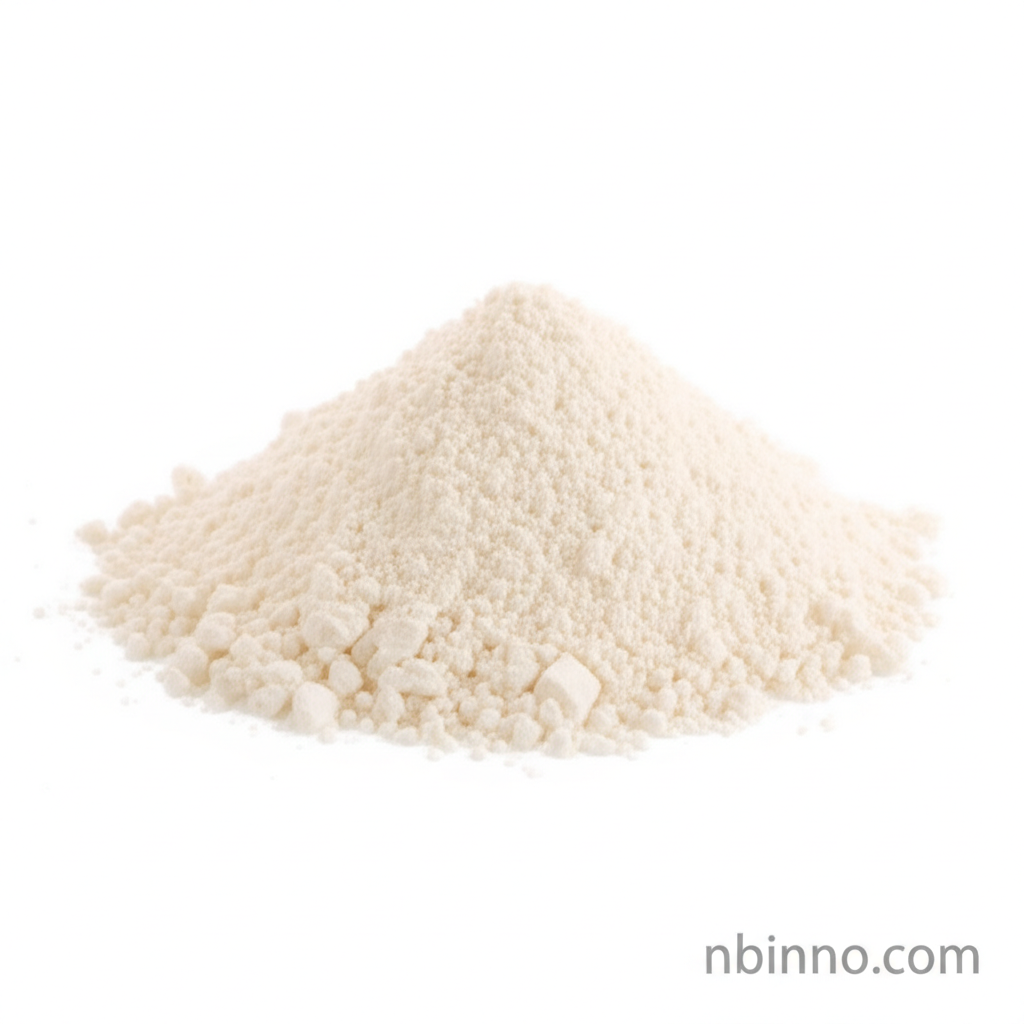Phenylhydrazine Hydrochloride CAS 59-88-1: High-Purity Fine Chemical for Synthesis | Trusted Supplier in China
Discover the critical properties and diverse applications of Phenylhydrazine Hydrochloride (CAS 59-88-1). As a premier manufacturer and supplier, we provide high-purity material essential for indole synthesis, pharmaceutical intermediates, and dye production. Secure your supply chain with us.
Get a Quote & SampleUnlock Your Synthesis Potential with High-Quality Phenylhydrazine Hydrochloride

Phenylhydrazine Hydrochloride
As a leading supplier and manufacturer of fine chemicals in China, we offer Phenylhydrazine Hydrochloride (CAS 59-88-1) with guaranteed high purity. This versatile compound is an indispensable building block for complex organic synthesis, particularly in the creation of indoles, which are crucial intermediates for numerous pharmaceuticals and dyes. Our commitment to quality ensures reliable performance for your critical R&D and production needs.
- Reliable Phenylhydrazine Hydrochloride CAS 59-88-1 for Indole Synthesis: Optimize your synthesis pathways with our consistent supply.
- High Purity Pharmaceutical Intermediate Supplier: Source premium Phenylhydrazine Hydrochloride for demanding pharmaceutical applications.
- Cost-Effective Chemical Procurement in China: Benefit from competitive pricing for bulk purchases of Phenylhydrazine Hydrochloride.
- Stable Supply of Dye Precursors: Ensure uninterrupted production with our dependable Phenylhydrazine Hydrochloride for dye manufacturing.
Advantages of Sourcing Phenylhydrazine Hydrochloride
Exceptional Purity for Sensitive Reactions
Our Phenylhydrazine Hydrochloride (CAS 59-88-1) is characterized by its high purity and specific pH range, ensuring predictable and efficient outcomes in sensitive organic synthesis processes, including the formation of phenylhydrazones.
Broad Application Spectrum
From pharmaceutical intermediates to dye synthesis and critical biological research (e.g., studying tyrosine phosphorylation in erythroblastoid cells), this compound offers extensive utility for scientists and formulators.
Secure and Stable Supply Chain
As a reputable manufacturer and exporter from China, we guarantee a stable supply of Phenylhydrazine Hydrochloride, supported by various payment terms (L/C, T/T) and incoterms (FOB, CIF), ensuring your procurement needs are met efficiently.
Key Applications of Phenylhydrazine Hydrochloride
Indole Synthesis
Crucial for the Fischer indole synthesis, a cornerstone in the creation of numerous pharmaceuticals and agrochemicals. Purchase Phenylhydrazine Hydrochloride to streamline your indole production.
Pharmaceutical Intermediates
Serves as a vital intermediate in the synthesis of various active pharmaceutical ingredients (APIs) and diagnostic reagents. Enquire about our bulk pricing for pharmaceutical manufacturers.
Dye and Pigment Production
A key precursor in the manufacturing of specific dyes and pigments, contributing to vibrant and stable colorants. Explore our supplier capabilities for your dye formulation needs.
Biomedical Research
Used in scientific studies, such as inducing hemolytic anemia or investigating protein phosphorylation pathways, highlighting its importance in life science research.
